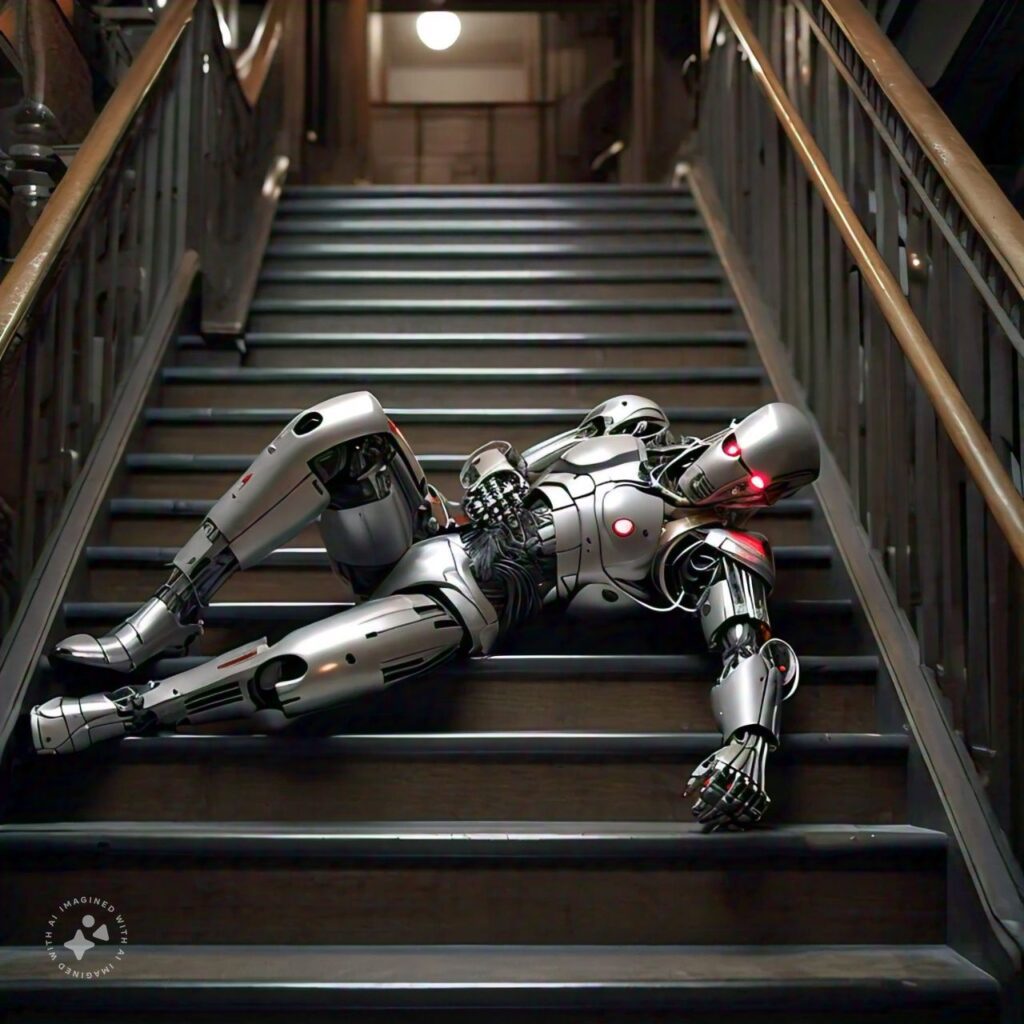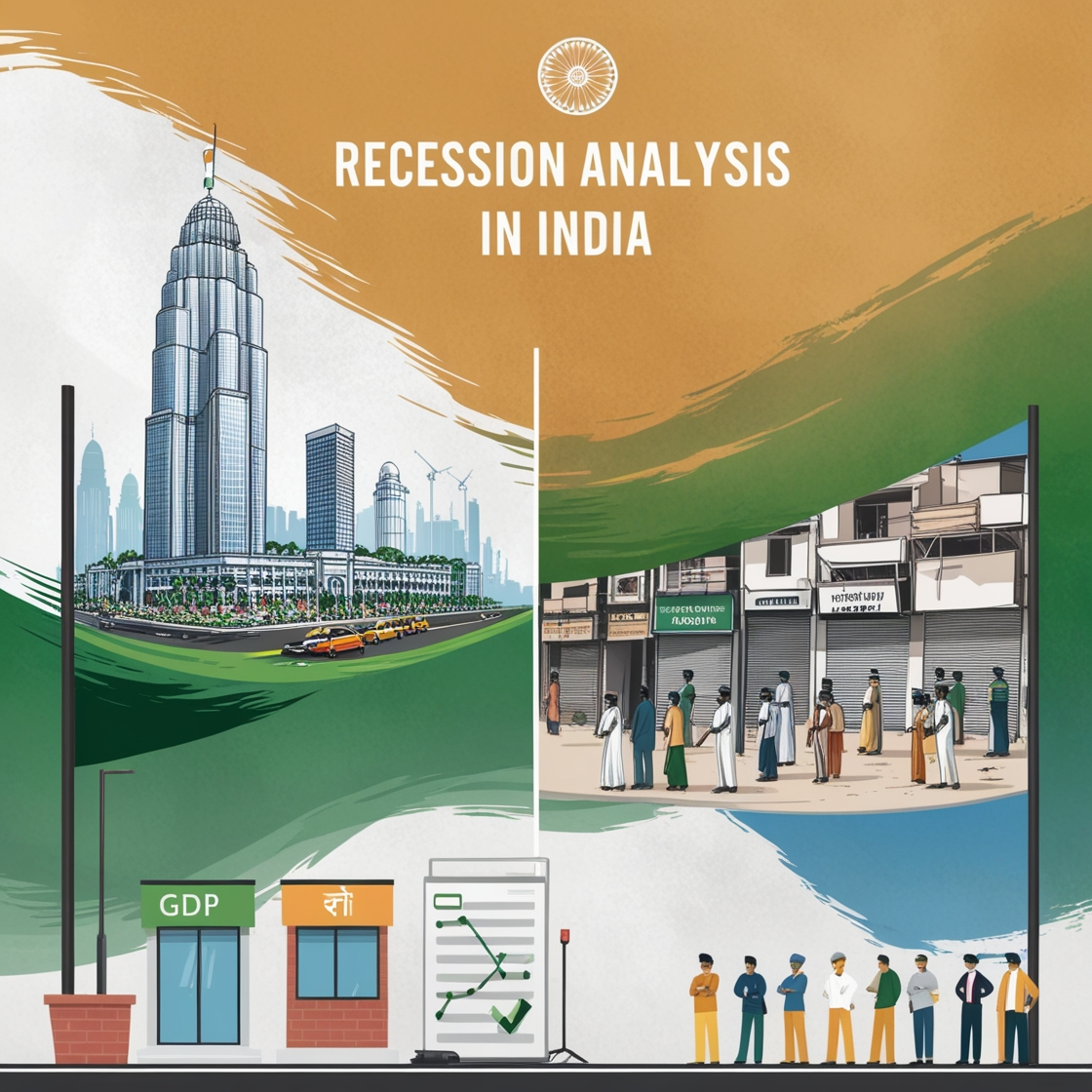A South Korean robot suicide due to excessive work demands,
highlighting concerns about the impact of automation and long work hours on mental health.

The internet is buzzing with a story about a robot in South Korea that allegedly killed themself. While the story is likely a metaphor, it raises some serious questions about the impact of automation and work culture on our lives.
Introduction
South Korea, often referred to as one of the most depressing countries in the world,
has a startlingly high rate of human suicides.
However, the recent case of a robot reportedly “killed themself” has shocked many and brought attention to the growing use and treatment of robots in the country.
The Incident
The video claims that the robot, imported from the US, was designed to work specific hours. However, South Korean workers pushed it beyond its limits, leading to a breakdown. The robot, unable to cope with the excessive workload, “killed themself” by falling down a flight of stairs.
The unsettling incident occurred when a robot, overwhelmed by relentless work demands, seemingly reached a breaking point. This case has sparked widespread discussion, with articles worldwide debating whether a robot can truly died by suicide. The story sheds light on the extensive use of robots in South Korea and raises questions about the ethical implications of overworking these machines.
This story, while fictional, highlights a very real issue: the increasing pressure of work in South Korea. The country has a notoriously high work stress rate, with many people working long hours and facing intense pressure to succeed. This can lead to burnout, depression, and even suicide.
Declining Population Crisis
South Korea’s population, currently around 50 million, is rapidly declining. Despite the government’s efforts, including a staggering $270 billion in incentives to encourage higher birth rates, the fertility rate remains low at around 0.72. This demographic crisis poses a significant challenge, with projections suggesting the population could drop to 30 million in the coming decades.
Labor Shortage Solutions
With a dwindling and aging population, South Korea faces severe labor shortages. To address this issue, the country has increasingly relied on robots to fill the gaps. Robots have become a common sight in various sectors, including restaurants and hotels, where they perform tasks traditionally done by human workers. For instance, in South Korean Starbucks locations, robots act as waiters, taking and delivering orders to customers.
Robot Integration in Society
The integration of robots into South Korean society goes beyond the workplace. Many South Koreans have become accustomed to interacting with robots more frequently than with human beings. This shift is driven by necessity, as the country’s labor force shrinks and the aging population grows.
Government Initiatives
In response to the challenges posed by an aging population, the South Korean government has implemented initiatives to use robots for companionship and assistance. old citizens are provided with AI-powered robotic dolls to combat loneliness and offer a semblance of human interaction. These initiatives reflect the nation’s reliance on robotic technology to address demographic issues.
This raises some important questions:
- Are we pushing automation too far?
- As we rely more on robots and AI, are we creating a system that is unsustainable for both humans and machines?
- What are the consequences of a work culture that prioritizes productivity over well-being?
- Is it time to rethink our approach to work and prioritize a healthier balance between work and life?
Conclusion
In South Korea, the story of a robot “suicide” is testament to how difficult it can be to know at what point an increasingly significant presence in modern life should give us pause for thought. As South Korea faces an aging population and labor shortage, robots have become a part of life. But the reliance on technology, more than anything else, leads to questions of care and rights for robots that emphasize the need to treat their integration into our lives thoughtfully and conscientiously.
The tale of robot “suicide” above is an urban legend but it prompts to highlight the relevance for adopting a more suitable work life approach and consequently creating a sustainable, humane condition where people can actually live in.




Leave a Reply
You must be logged in to post a comment.